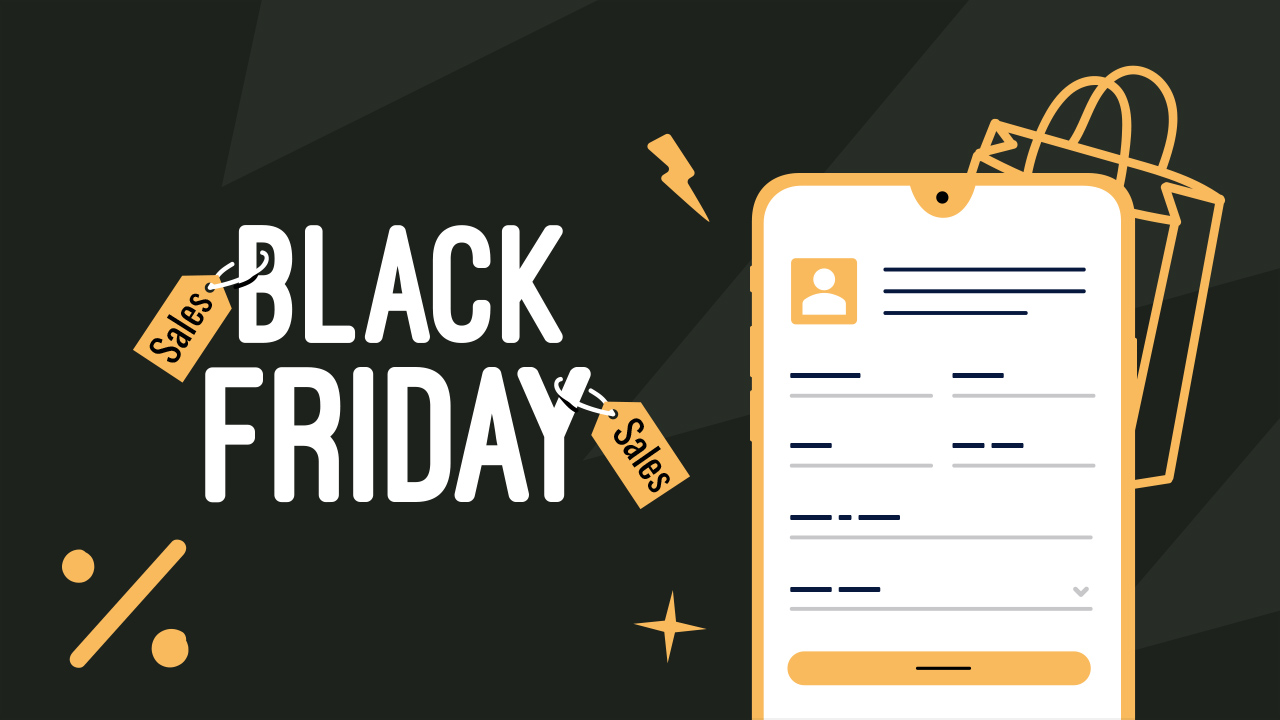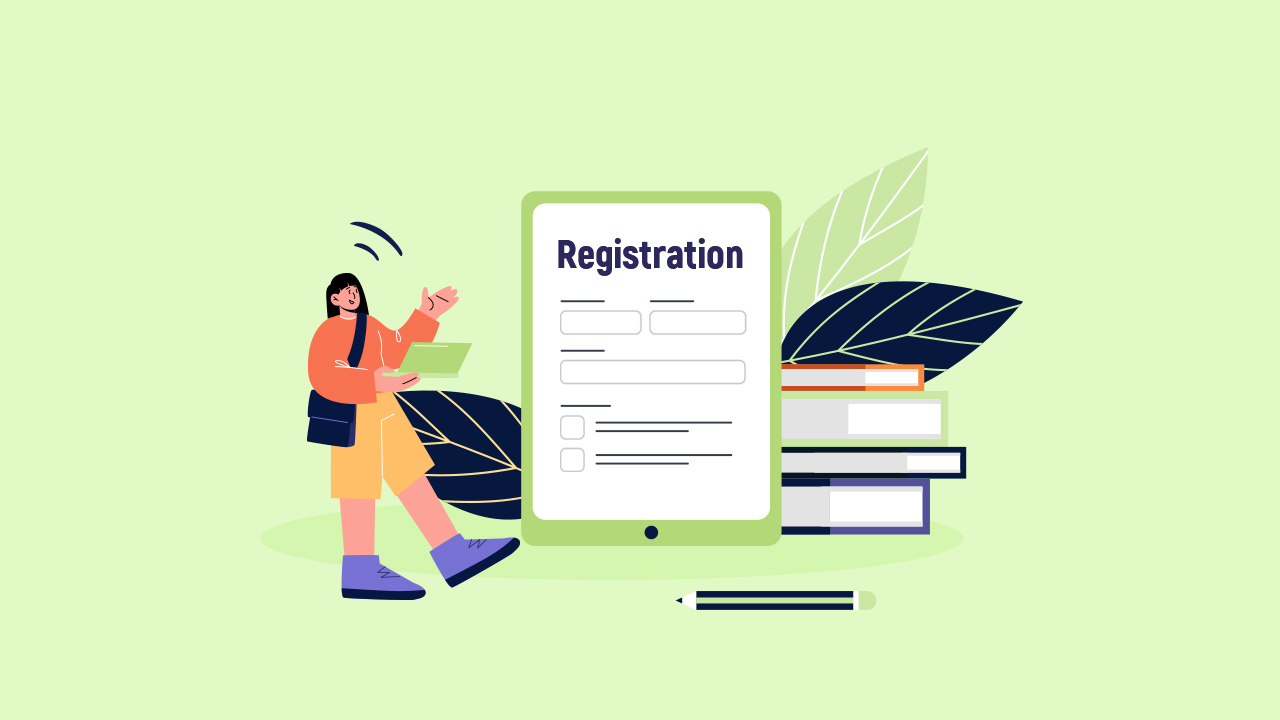
You now have an awesome product that’s ready to be released in the world–and online selling is the first thought that crossed your mind to get it done.
Like other businesses, online selling must be well thought of and planned from start to finish in order to succeed. With strategic approach and patience, online selling has high chances of success–considering its huge growth over the past years. In 2021 alone, the e-Commerce industry blew up by 16.8 percent–contributing 20% of retail sales worldwide. With the continuous transformation of retail because of technology and the internet, this shows a promising future for the e-Commerce industry.
If you’re a business owner ready to take the world of online selling by storm, this article will teach you about the basics of e-Commerce–including the things you’ll need to do to get started.
In this blog, we’ll explore:
Where to sell my products online? {#guide-to-online-selling}
Read more: What Are The Three Types of E-commerce?
Establish your products
As an online seller, it’s important to determine which product you’ll choose for your business. Would you rather sell commoditized products or stick to specifics such as niche products? Since your products will affect the most of your profit margin, it’s better to list down the possible products in mind and know its pros and cons. Try to ask yourself these questions:
- Do I want to sell commoditized products to target the needs of general people?
- Do I prefer to be more specific and choose one type of product to target a particular group of buyers?
Most online sellers prefer to widen their business profit, that’s why they combine both products. Though this is beneficial at times, targeting a specific group of customers by identifying a niche also offers numerous advantages, such as having lesser competition, and less cost for marketing efforts.
Choose your online business platform
Now you’ve identified your products–it’s time to choose the right online business platform to post them on.
Unlike the traditional businesses that require brick-and-mortar stores or retail outlets, your e-commerce platform is going to be the lifeline of your business. This is the tool you’ll use to sell online–from posting them to interacting with your customers. Note that this is the lifeline of your online selling journey, so practicality is important.
To give you a slice of the most common e-commerce platforms in the market, check these out:
Shopify
Classified to be the top most famous ecommerce platforms of all time, Shopify has paved the way to be the go-to shop of customers rather than malls. Claiming to be simple and straightforward, online sellers don’t have to worry about being new to the e-commerce hype if you’re using Shopify. The website provides easy to use features that can allow you to build your online store to easily manage, track, and customize your store anywhere. Shopify is also available in applications, so monitoring your store is now possible anytime.
WooCommerce
As a free Wordpress plugin, online sellers can turn their Wordpress sites into e-commerce platforms whenever. Allowing online sellers to freely customize their online business, managing a site and online store isn’t as difficult as it can be with WooCommerce.
Although WooCommerce is beneficial for customization and designs, it’s not an ideal platform if you wish to install many plugins, products, or even themes.
Squarespace
Aside from its aesthetic and elegant website designs, you can now also sell your products on Squarespace. Easy to navigate, online selling beginners don’t have to spend time exploring your way around in Squarespace because of its ready-to-use themes. The site also offers basic data analytics for SEO such as the ability to incorporate your Google Analytics, or just the feature where you can view your most-ranked keywords (Even without integration with Analytics).
Amazon
Amazon has established itself in the e-commerce industry–and hosting an online store into it is almost like a you-should-not-miss-out task. Amazon provides various types of products, and the best thing is it’s available to most countries–so international purchases are possible.
Build your online store
Now you’ve got your products and e-commerce platform all ready to get your online selling going, it’s now time to build your online store. The basic steps include:
Pick your domain name
Ready to sell online? You can now choose your custom domain for your website. Make sure to make it simple and in accordance with your branding–so your potential customers recognize and keep you in mind once they purchase.
Design your online store
Your website design is as important as your products–make sure to be remarkable in the market by customizing it uniquely. This can start from your logo, branding colors, and fonts you’ll be using. To be consistent, it’s highly suggested to keep a uniform design throughout different social media platforms for your business–-this way, the audience can easily associate your brand to a certain image.
Add your products
Here comes the crucial part–add your products to your online store and make sure to provide a complete, detailed, and informative description about them. Since your online store isn’t located in malls but the internet, your customers can’t just easily examine the bags you’re selling or give that shoe a try for fitting. Hence, your product photos and description are essential since these are the only basis for your customers–make sure to include the most important information about your product; and make your photos clear and accurate as much as possible.
Launch your online store
Everything has been settled and ready to set–make your customers look forward to your launch as much as you do. You can do this by making launch marketing strategies such as press release promotions, event announcements, or countdowns. This can help you gain followers to your social media beforehand–making your online selling blow up through an awesome launch.
Use online tools
Your business will entirely rely on online tools, so picking up the right ones is crucial. Take online forms for example–for your business to succeed, it’s important to provide efficient and easy-to-fill-out order forms for your customers. Because online forms allow your customers to send their orders or answers on surveys, your online PDF forms should be completed smoothly. Using a tool that will provide you this experience will hugely affect your business positively.
With PlatoForms, your users can create and submit online PDF forms that you can use for your online store–whether it’s an order form, survey form, or questionnaires. Aside from allowing your customers to complete online PDF forms, they can also take advantage of pre-filled invitation forms that’s more ideal for businesses.
Read more: How To Create A Digital Order Form?
Build your social media presence
All efforts for your online business will go down the toilet if you don’t continuously promote it on social media. Social media plays a vital role in your online selling journey–that’s why it’s important to give this attention and in fact, invest in it.
Though all social media platforms are on the rise, it’s not necessary to create an account on every single one of them. If you’re just starting out and would like to take it slowly, you can choose a specific social media platform, build a marketing strategy on it, and make it consistent. You can create different types of content for your chosen social media–some examples are the following:
- Graphic images of the problems that your product can solve
- In-depth details about your products
- Videos of behind-the-scenes in your daily life as an online seller, wrapping orders, or business processes
- Sharing of feedback or testimonials
These types of content will allow your business to gain followers that can be your potential customers–and also help your brand to be established online.
Where to sell my products online?
Aside from e-Commerce platforms, you can now also sell your products to other social media platforms, including:
Everyone is probably on Facebook now–that’s why it’s marketplace is always worth giving a try. As you create your business’ official Facebook account, discover some buy and sell groups that you can join to sell on Facebook.
Google is all over the place–not just in search engines, but also in the online selling industry. Google My Business lets you create an online platform for your brick and mortar store (If there’s any). Here, you can input your products and customers can leave you a review.
Instagram might have just taken online selling onto the next level–especially with its business-friendly features. Aside from reels, Instagram allows sellers to input price on products posted. This way, users don’t have to scroll or be redirected to another link when inquiring about the price–it’s all there.
Conclusion
- Online selling isn’t easy–but developing a plan and strong marketing efforts can lead to success.
- To ace online selling, several steps should be taken, including establishing products, choosing your online business platform and tools, building an online store, and making a good social media strategy.
- While online selling guides are helpful to get you started, online selling is a continuous effort that should be taken seriously in order to succeed.
Let your customers submit their business PDF forms online with PlatoForms
Your online selling journey doesn’t stop at following these steps–it’s also about creating powerful order forms for your customers. With PlatoForms, you can create pre-filled invitation forms and let your users complete PDF forms online within seconds. The best thing? You can also create online PDF forms aside from the traditional web forms. Get started by signing up today.





